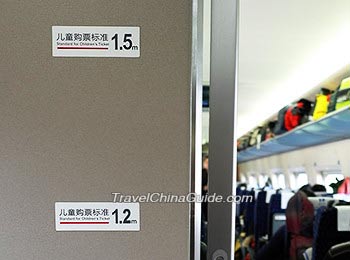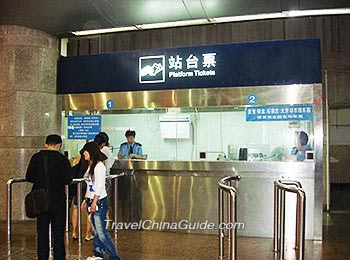How to Choose China Train Ticket Types?
On bullet/ high speed trains (C, D, G trains): first class seat, second class seat, business class seat, VIP seat, soft sleeper, deluxe soft sleeper, new type sleepers;
On non-bullet trains (Z, T, K, Y, K, S types): hard sleeper, soft sleeper, deluxe soft sleeper, hard seat, soft seat
First class seats and second class seats on China trains are the first choice for a trip less than five hours, while sleepers are highly recommended for a long or overnight journey.
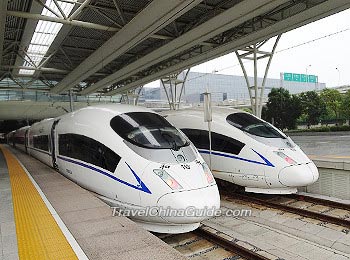 |
Seat Classes on High Speed Trains
There are sleeper classes available on a few overnight D types: the soft sleeper class has four bunks in a compartment, while the deluxe soft sleeper has two bunks. Also, the new type sleepers with bunks arranged towards the train's moving direction.
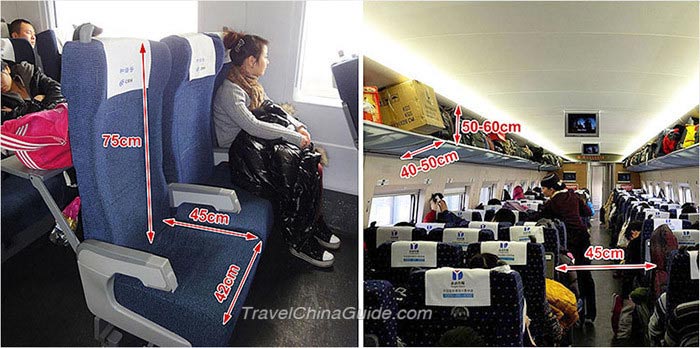 |
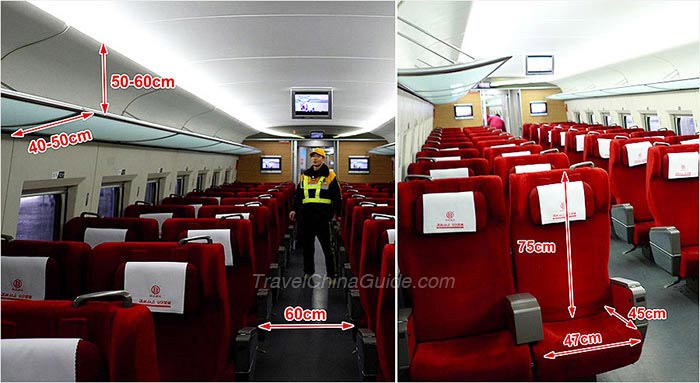 |
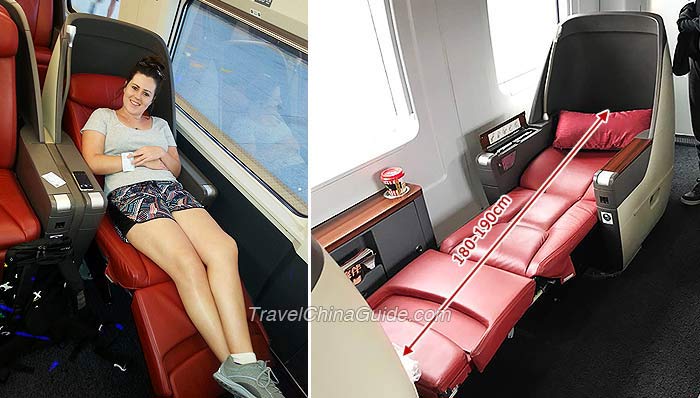 |
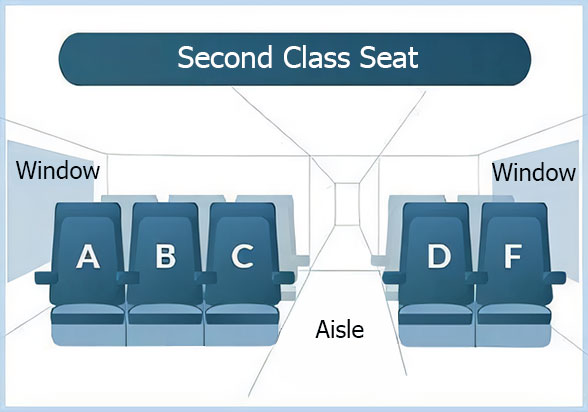 | 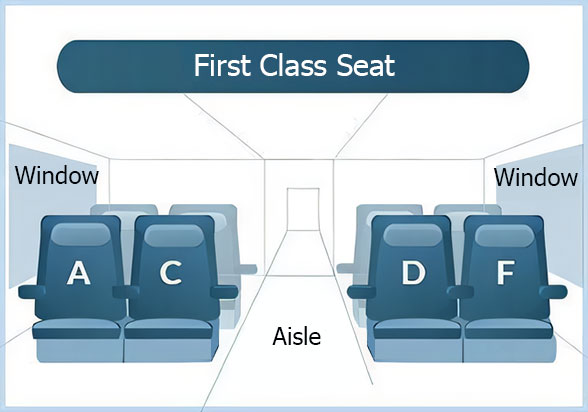 |
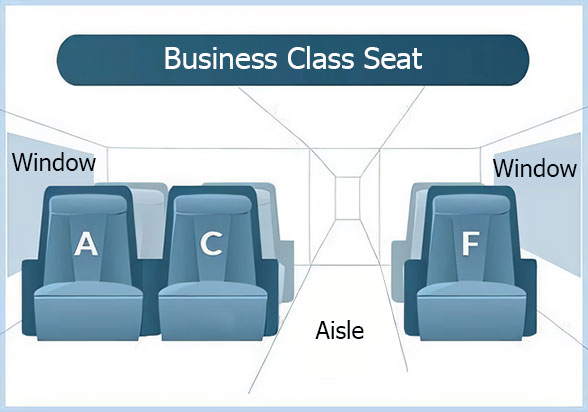 | 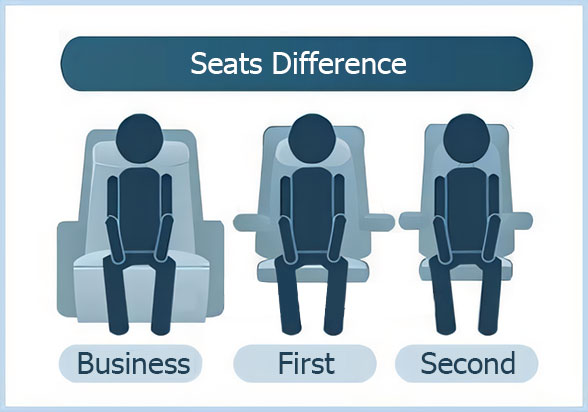 |
VIP Seat
They are available on G and certain D types. They are as comfortable as those in the first class carriages, with two on one side and one on the other. The fare is higher than the first class and about twice of the second class. Besides the above seats, there are Soft Sleepers and Deluxe Soft Sleepers on a few overnight D trains.
They can only be seen on some long-distance D trains running overnight. There are three types of them: soft sleepers in traditional style with two double-deck berths in a private cabin with a sliding lockable door; deluxe soft sleepers with two berths, an independent toilet and a lockable door; new style sleepers arranged in accordance with the train's running direction without door but a curtain for each berth.
This is a kind of prepaid card used for taking some high speed trains. There are two kinds of them, one without discount applicable widely and one with discount only applicable to Beijing-Tianjin Inter-city High Speed Railway. Both have two types, golden pass for taking first class seat and silver pass for second class seat.
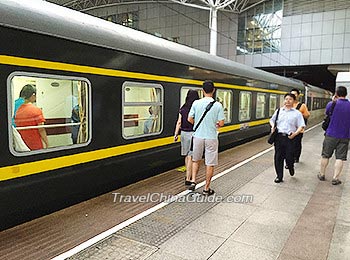 |
Usually colored blue, red or green, they are identified by Z/T/K/L/Y/S plus digits or just several digits without letters. They run at a lower speed than high speed types, but they run day and night. The facilities are generally of a lower standard, e.g. the toilets are mostly squatting ones. With relatively lower prices, they are often the choice of budget travelers, especially overnight trains for the purpose of saving daytime and hotel expense.
Seat Classes on Normal Trains
Try to avoid traveling by a seat during peak seasons like the Chinese New Year and the National Day Holiday, for the seat carriages are overcrowded.
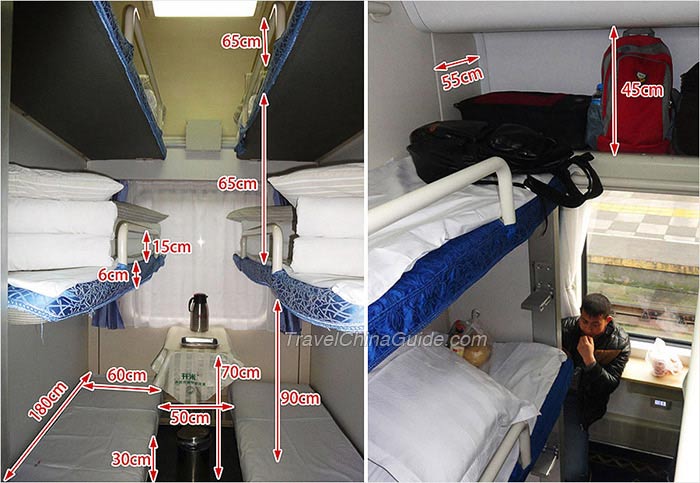 |
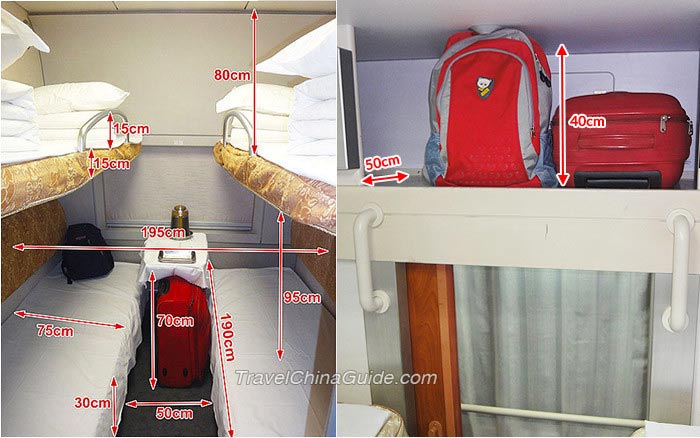 |
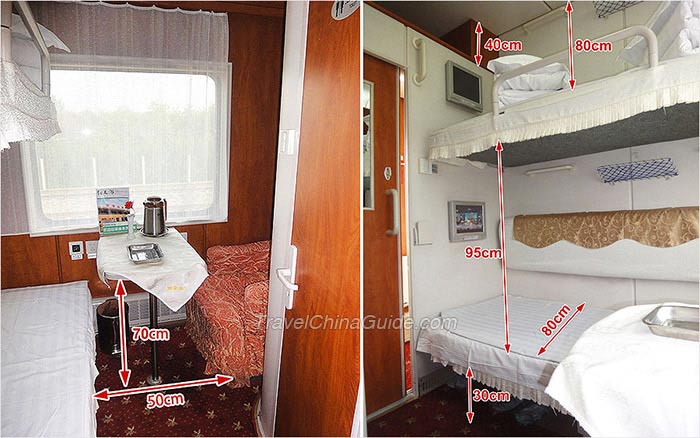 |
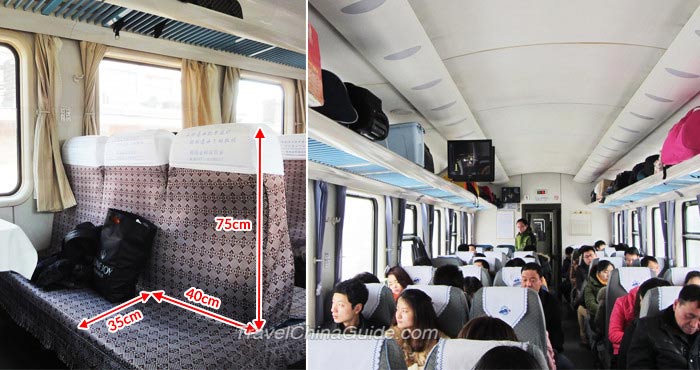 |
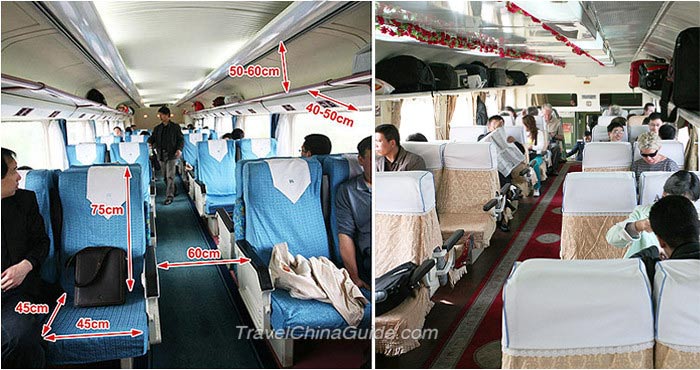 |
Special Ticket Types
Standing Room Tickets
Standing Room Tickets are issued only after all the above tickets are sold out. Passengers holding these tickets are only allowed in the hard seat carriages, standing along the aisle or at the end of a carriage. The fare is the same as that of a hard seat.
Child Tickets
![]() 1. Children aged 6 to 14 traveling with adults require child tickets, while those over 14 years old must purchase full-price tickets. Each adult with a paid ticket can carry one child under 6 for free if they do not occupy a seat. If there is more than one child over 6 years old, they shall purchase child tickets.
1. Children aged 6 to 14 traveling with adults require child tickets, while those over 14 years old must purchase full-price tickets. Each adult with a paid ticket can carry one child under 6 for free if they do not occupy a seat. If there is more than one child over 6 years old, they shall purchase child tickets.![]() Note:
Note:
1. If there are two or more children under 6 years old, only one child enjoys a free ride and the others have to buy child tickets.
2. The age of the child is calculated based on the travel date.
![]() 2. Passengers with free rides for children should declare to the railroad company in advance. The travel credentials while getting on board will be the identity credentials used when buying the ticket.
2. Passengers with free rides for children should declare to the railroad company in advance. The travel credentials while getting on board will be the identity credentials used when buying the ticket.
![]() 3. The travel date, train no. and seats of child tickets should be the same as the adult tickets, and the arrival station shall not be farther than that of the adult tickets.
3. The travel date, train no. and seats of child tickets should be the same as the adult tickets, and the arrival station shall not be farther than that of the adult tickets.
|
|
Student Tickets
These are only for Chinese college students. Foreign students cannot buy them.
Platform Tickets
Platform tickets are for people seeing off or picking up friends and relatives and costs CNY 1 - 2. However, to reduce congestion and ensure safety, many stations have stopped selling platform tickets. Instead, a card will be issued only to those really in need.![]() Note: The above introductions do not apply to international trains from/ to China.
Note: The above introductions do not apply to international trains from/ to China.
China Train Types
| Type | Top Speed | Description | |
|---|---|---|---|
| High Speed Type | |||
| G | 350 km/h (217 mph) | Fastest of all; Run long distances between large cities; | |
| D | 250 km/h (155 mph) | Run for long / middle distances; A few run overnight. | |
| C | 200 km/h (124 mph ) | Run for short distances between two nearby cities. | |
| Normal Type | |||
| Z - Direct Express | 160 km/h (99 mph) | Run directly to destinations none stop or with a few stops at large stations. | |
| T - Express | 140 km/h (87 mph) | Limited stops at large stations. | |
| K - Fast | 120 km/h (75 mph) | More stops at middle and large stations. | |
| Ordinary Fast | 120 km/h (75 mph) | Identified with four digits starting with 1, 2, 4 or 5; Stop frequently along the way. | |
| Ordinary | 100 km/h (62 mph) | Indentified with four digits beginning with 6, 7, 8 or 9; Stop at almost every station along the way. | |
| L - Temporary | 100 km/h (62 mph) | Operate only during the peak travel time, such as Chinese New Year and National Holiday; Great possibility of delays. | |
| Y - Tourism | 100 km/h (62 mph) | Usually run during peak travel seasons; Destinations are popular tourism cities. | |
| S - Suburban | 100 km/h (62 mph) | Used for commuting between the city center and the suburban area in some cities. | |
| Steam Train | 20 km/h (12.4 mph) | Powered by steam engine; Available only in mountainous area of Jiayang Mining Region in Leshan, Sichuan. | |
China Train Travel - A Beginner’s Guide
Useful Chinese Phrases for Train Travel
